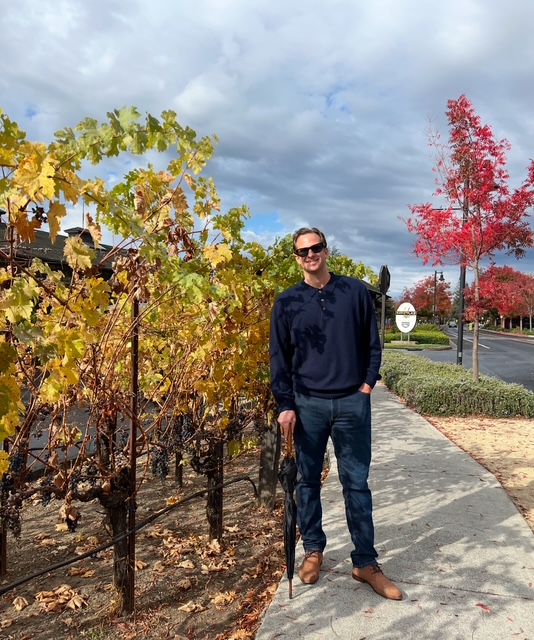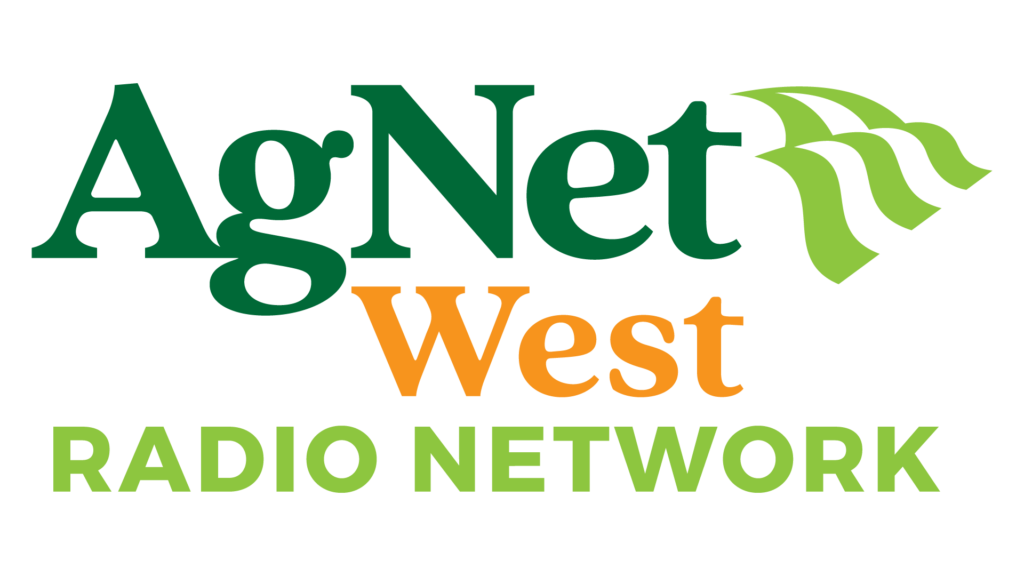Inside the California Feed Market: Price Pressures and Protein Replacements

In a wide-ranging conversation with AgNet West, Nick Foglio of Foglio Commodities detailed the evolving dynamics of the hay and alfalfa market, shedding light on shifting dairy rations, regional quality concerns, and the influence of global protein commodities.

Foglio described a softening hay market, where top-end delivered alfalfa prices peaked around $275 per ton but have since dipped. Dry cow hay prices hover between $170–$190 per ton, largely influenced by Central Valley heat, low-quality yields, and alternative feed options like canola and almond hulls.
“Some dairies are feeding very little to no alfalfa in their milk cow diet… Alfalfa is definitely fighting to keep itself in the ration,” Foglio said.
The influx of affordable protein options—subsidized soybean meal and surplus canola—has fundamentally altered the dairy feed ration, placing further price pressure on alfalfa.
Imported Hay and Long-Term Industry Shifts
With local quality dropping, out-of-state imports from Oregon, Utah, and Idaho are growing in importance. Foglio forecasts that Central Valley growers, especially those with limited water allocations, will continue transitioning away from feed crops.
“You’re probably going to end up putting [alfalfa] in dry vans coming in from Idaho… I’d be surprised if Central Valley went back to more alfalfa.”
Instead, permanent crops are becoming more appealing where water access allows. However, with interest rates high and feed markets unstable, many growers face tough decisions.
Dairy Outlook: Stable Milk, Costly Replacements
Despite market volatility, California dairies are operating under relatively stable milk prices—hovering around $17–$19 per hundredweight—and bolstered by a strong beef market.
Yet replacement cattle remain expensive, and many operations lack the in-house heifer programs to meet demand affordably. Foglio noted some dairymen are paying $3,500–$4,000 for first-lactation cows or springers, putting further pressure on operating lines.
Freight Costs and Fuel: A Growing Threat
Foglio also expressed concern over rising freight costs, predicting gas prices could hit $7–$8 per gallon in California. With agricultural freight unable to pass costs to end consumers, many haulers are being squeezed.
“The ag industry, we’re price takers, not price makers. We never capture the retail market,” he said.
He warned that continued tax hikes and excise fees, especially linked to projects like California’s high-speed rail, would further burden ag transport.
Water Scarcity and Solar Land Use Debates
The looming Sustainable Groundwater Management Act (SGMA) deadlines—set for full enforcement by 2030—add urgency to California’s water crisis. Foglio painted a grim outlook for many growers without secure water rights.
He was critical of Assembly Bill 1156, which proposes solar panel development on productive farmland as a fallback option when water is unavailable.
“Plan A should be: get more water,” Foglio said. “But if you’re pumping off a white ground, you’ve got a good chance of losing that fight.”
Labor, Land Sales, and Generational Exits
With water, freight, and labor all tightening, some multigenerational farmers are exiting agriculture altogether.
“You’re seeing third, fourth generation farmers selling property… and buying an office building in Dallas, Texas,” Foglio noted.
He emphasized that without a clear path for productive immigration reform and streamlined work permits, labor challenges will persist. Foglio supports permits for long-time undocumented workers who contribute and pay taxes, but believes unproductive or criminal individuals should be removed.
Trade, Foreign Land Ownership, and China’s Role
Foglio expressed concern over China’s increasing ownership of U.S. farmland and emphasized the need for American self-reliance.
“We need to import less. We need to be more self-sustained,” he said, calling for better market creation and reduced reliance on foreign buyers.
On the commodity front, he noted that recent crop estimates—particularly in almonds—were likely inflated, contributing to price drops. A post-harvest correction could stabilize the market.
Cultural Disconnect and the Need for Education
Foglio stressed that many policymakers and urban residents lack a basic understanding of agriculture. He believes the solution lies in education and grassroots advocacy.
“People go to the grocery store and think food just appears. They don’t understand what it takes to grow it.”
He praised California farmers for being increasingly innovative—reducing alfalfa inputs, improving yields, and adapting to tighter resources—and called for more representation of farmers on regulatory boards.
A Call for Optimism Amid Uncertainty
Despite economic and regulatory pressure, Foglio remains committed to the future of agriculture.
“It’s in our blood. We love what we do… and we hope to be able to give our kids the opportunity to pursue it.”
As dietary trends shift back toward fresh, whole foods, Foglio sees signs of change.
“Let’s get back to eating food. That’s a really positive conversation in the ag industry today.”
Conclusion
Nick Foglio’s candid analysis offers both a warning and a rallying cry for the California ag community. With freight, water, labor, and policy challenges compounding, industry leaders must innovate, educate, and advocate—before it’s too late.
More interviews with Nick Foglio can be heard here.










